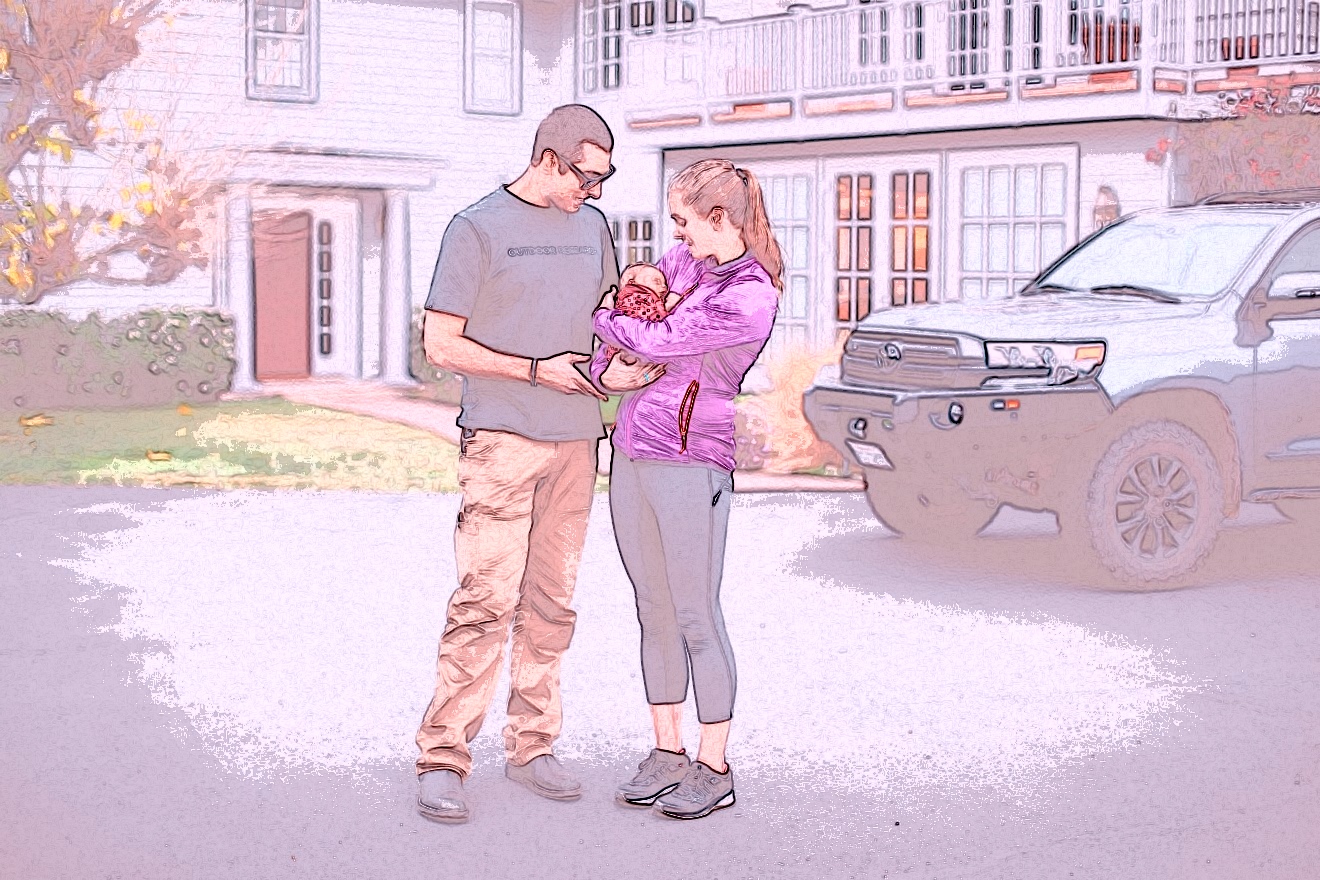https://github.com/butterw/bShaders/blob/master/edge/bCartoonize.avs
original picture: https://forum.videohelp.com/images/imgfiles/MxS8q29.jpg
vid_yuv.TCannyMod(mode=1, sigma=0, sobel=true, chroma=2).Invert("Y")
darker means stronger edge detection:
https://raw.githubusercontent.com/butterw/bShaders/master/assets/mpv_invSobel_Luma_noThreshold.jpg
To achieve a realtime cartoon effect, I've used Luma Sobel edge detection inverted (no thresholding) +keep UV. This works decently to hide noisy/weak edge detection but also causes black/dark elements to become white. In the above picture I've applied a Threshold on dark elements to bring back some of their color. The issue is that the Luma threshold (between 2 different math expressions) is now clearly visible on the ground.
What should I do to solve (or at least reduce) this type of thresholding issue ? The problem can also be present with Luma bandify color posterization: https://forum.videohelp.com/threads/400218-%5BAvisynth-%5D-How-to-display-a-luminance-map
The threshold can cause ugly blocky moving artifacts at the border between two bands to be highlighted (particularly in background shadow areas).
Suggested techniques:
- selective blurring at the boundary to smooth the transition between bands
- add dithering
Try StreamFab Downloader and download from Netflix, Amazon, Youtube! Or Try DVDFab and copy Blu-rays! or rip iTunes movies!
+ Reply to Thread
Results 1 to 2 of 2
Thread
-
Last edited by butterw; 9th Jan 2021 at 11:02.
-
Similar Threads
-
what effect is this effect?
By ricmetal in forum EditingReplies: 14Last Post: 15th Feb 2019, 09:48 -
How can I make this effect?
By hello0 in forum Newbie / General discussionsReplies: 67Last Post: 28th Nov 2018, 17:11 -
Difficulty in avoiding loss during editing Divx file.
By seymoria in forum EditingReplies: 3Last Post: 17th Jan 2018, 14:39 -
Glitch effect
By thetntgamer in forum EditingReplies: 0Last Post: 11th Dec 2017, 07:02 -
Avoiding Codec Hades
By SameSelf in forum Video ConversionReplies: 6Last Post: 25th Feb 2016, 07:59




 Quote
Quote